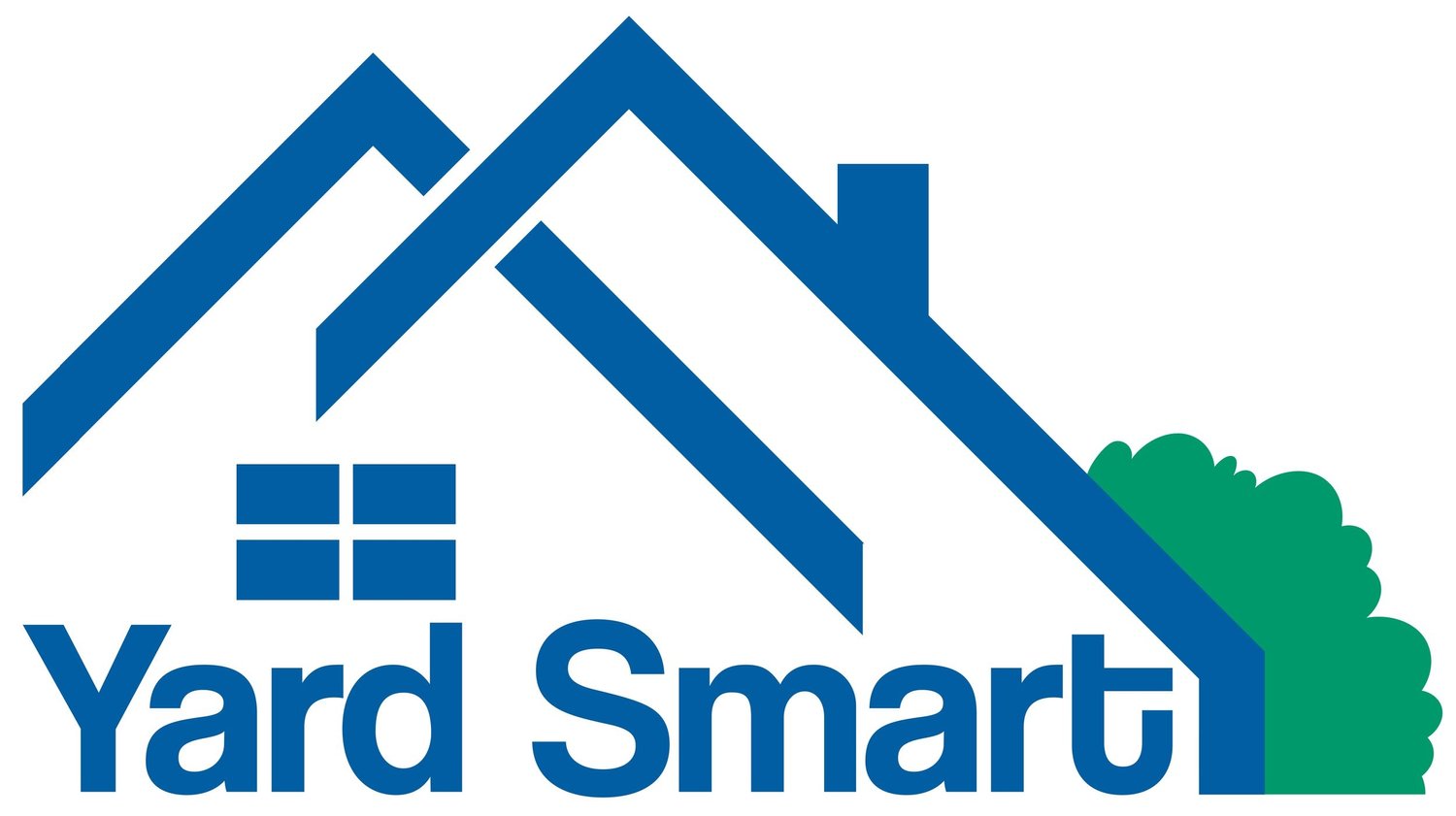Today, I would like to talk about the spring clean up. Spring clean ups are an important aspect of lawn and garden maintenance. They help to set the tone for the season. I have two different ways of conducting my spring clean ups.
The first step to the fall clean up is to dethatch the lawn. This is the process of taking out all of the dead grass that coats the top of the soil. Removing the thatch allows better airflow to the lawn’s root system and also helps to curb the amount of insects in the lawn. Most importantly however, controlling the amount of thatch in the lawn helps to thwart various fungi that prevail with high humidity and long periods of saturation.
The next step that we take is to edge the lawn with a ground edger. This makes all of the edges perfectly straight. It also takes sloping edges near sidewalks and driveways that have rounded from degradation over the winter and makes them sharp edges.
After thatching and edging are completed, we move to the flower beds. This means that we weed all of the beds and then turn the soil. Turning the soil increases airflow into the root systems and disrupts the stratification of nutrients in the soil bed. It also gives the beds a cleaner look.

